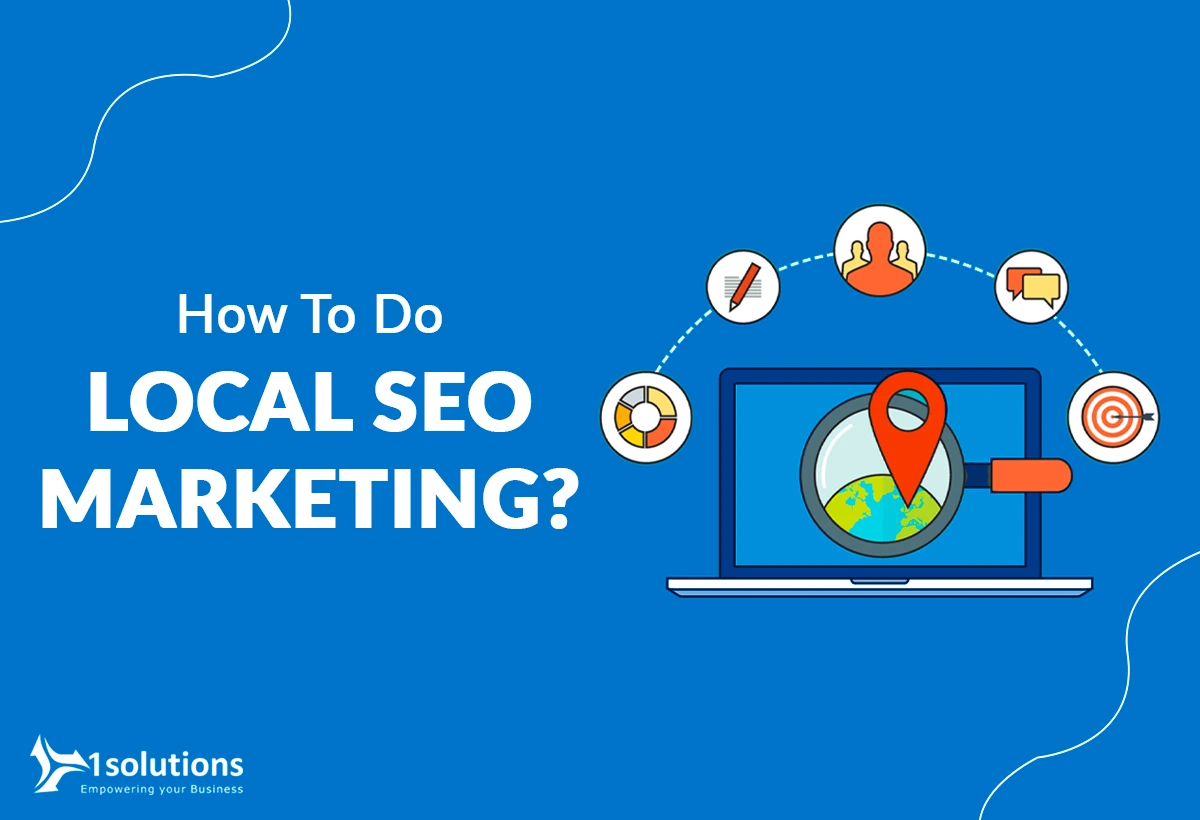Create stunning websites with the help of a professional web design agency
Exactly How Reliable Website Design Can Enhance Your SEO Technique and Improve Individual Experience
The junction of reliable web style and seo is a crucial area for any type of service seeking to boost its on-line existence. An intuitive style not only elevates user experience but also substantially influences SEO performance by lowering bounce prices and boosting involvement metrics. Aspects such as mobile responsiveness, website structure, and clear navigating play crucial duties in this dynamic. Comprehending exactly how these elements incorporate can disclose approaches that might transform your approach to electronic advertising and marketing, bring about results that are both measurable and impactful. What specific design techniques can produce the very best results?
Importance of Website Design for Search Engine Optimization
Reliable internet design is often underestimated in its effect on search engine optimization (SEARCH ENGINE OPTIMIZATION) These variables contribute to reduce bounce prices and greater customer engagement, which are vital metrics for SEO success. web design agency.
In addition, website design components such as tidy code, maximized images, and proper use HTML tags substantially affect a site's crawlability. Internet search engine count on organized information to comprehend site web content and context, making it necessary for internet designers to implement best methods. Furthermore, the combination of SEO techniques within the style phase, such as including key phrases in titles, meta summaries, and alt message for pictures, can improve exposure in search outcomes.
Eventually, prioritizing efficient web design not only ensures a smooth customer experience yet likewise establishes a solid foundation for search engine optimization initiatives, causing boosted organic traffic and improved positions. Hence, services need to acknowledge the intrinsic link between website design and SEO to achieve on-line success.
Trick Style Components for Customer Experience
Individual experience (UX) acts as a foundation for successful internet design, affecting how site visitors interact with a website and perceive its worth. To optimize UX, numerous essential layout elements need to be prioritized.
First of all, intuitive navigating is essential; a well-structured food selection and clear paths enable individuals to locate info promptly, decreasing frustration. Secondly, aesthetic hierarchy plays a vital role, directing customers' focus to crucial elements through shade, positioning, and size. This facilitates quicker decision-making and improves overall engagement.
Furthermore, a constant design style boosts familiarity and count on, as individuals feel much more comfortable navigating a site that visually aligns throughout its pages. Reliable use white space additionally can not be overlooked; it protects against clutter, enabling crucial material to attract attention and making the website extra absorbable.
Moreover, high-grade photos and graphics are essential, as they not just catch interest however likewise convey professionalism and trust. Finally, fast load times are non-negotiable; hold-ups can cause higher bounce rates and diminished customer complete satisfaction. By concentrating on these essential design components, services can dramatically boost their individual experience, fostering favorable interactions that encourage return brows through and conversions.
Mobile Responsiveness and Search Engine Optimization Impact
As website design increasingly focuses on individual experience, the significance of mobile responsiveness can not be overemphasized. With a considerable portion of internet traffic stemming from mobile devices, a receptive design makes certain that web sites are accessible and functional across numerous screen dimensions. This adaptability not only boosts user contentment but additionally plays an important role in search engine optimization (SEARCH ENGINE OPTIMIZATION)

Integrating mobile responsiveness right into website design likewise promotes enhanced packing times, which is a vital variable in both individual experience and search engine optimization rankings. Slow-loading pages discourage users, resulting in higher desertion prices and adversely affecting search exposure. Ultimately, prioritizing mobile responsiveness not just boosts individual engagement however additionally enhances a site's SEO technique, creating an extra affordable online visibility.
Website Structure and Navigation Ideal Practices
An efficient site structure and instinctive navigating are crucial parts of successful website design. They not only improve user experience yet likewise play an important function in seo (SEARCH ENGINE OPTIMIZATION) A clear pecking order permits individuals and online search engine to understand the partnerships between various pages, improving the overall use of the website.
Use detailed and keyword-rich Links, as they provide context and enhance search presence. This decreases bounce prices and keeps individuals involved.

Measuring the Success of Web Design
Measuring the success of web design involves assessing different metrics that show individual interaction and general site performance. Key performance indicators (KPIs) such as bounce rate, average session duration, and pages per session provide understanding right into just how individuals engage with the site. A high bounce rate may show that customers are not locating the material relevant or engaging, prompting a need for layout or web content modifications.
Furthermore, conversion rates are crucial for assessing the performance of website design. An increase in conversions, whether via type submissions, item acquisitions, or newsletter sign-ups, often correlates with instinctive style and user-centered functionalities. Devices like Google Analytics can supply comprehensive reports on these metrics, making it possible for designers to identify patterns and areas for renovation.
Ultimately, a mix of measurable information and qualitative feedback establishes a thorough picture of web layout success, ensuring that it straightens with both SEO goals and customer expectations. By regularly gauging these variables, companies can fine-tune their internet layout strategies to optimize individual experience and drive significant involvement.
Verdict

As web layout progressively focuses on individual experience, the importance of mobile responsiveness can not be overemphasized.Incorporating mobile responsiveness right into web style also promotes improved packing times, which is a vital element in both customer experience and SEO positions. Ultimately, a mix of quantitative information and qualitative responses establishes a thorough picture of web layout success, ensuring that it aligns with both SEO goals and customer assumptions. By continually gauging these variables, businesses can refine their internet style approaches to maximize user experience and drive purposeful interaction.
In conclusion, efficient internet design substantially boosts SEO techniques and individual experience.